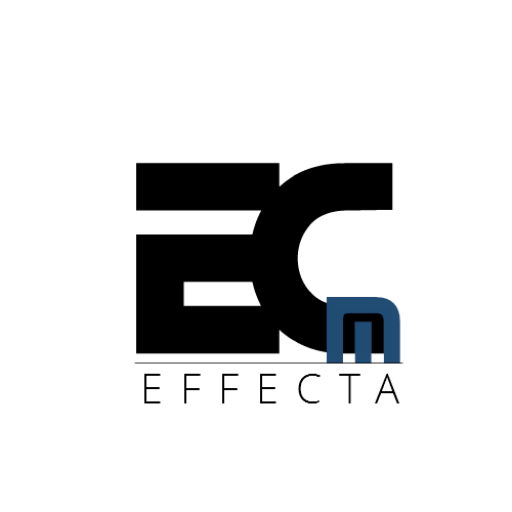The “Safe” Choice: A Seductive Siren Leading Your Business to the Rocks
We all crave certainty. It’s human nature to cling to the familiar, to choose the predictable path, the “safe” option. But in today’s turbulent business environment, that seductive siren song of safety can lure your company onto the rocks of irrelevance and obsolescence.
Think about it. Blockbuster laughed off Netflix. Kodak scoffed at digital cameras. Nokia dismissed the iPhone. These giants clung to their “safe” choices, their established markets, their predictable profits. And where are they now? Relics of a bygone era, cautionary tales whispered in boardrooms around the world.
The truth is, in a world of relentless disruption, the “safe” choice is often the riskiest one. Clinging to control, predictability, and the status quo is like trying to sail a ship in a hurricane with an anchor tied to your mast. You might feel secure for a while, but you’re ultimately doomed to capsize.
The Illusion of Control in a World of Constant Change
Control is a seductive illusion, a comforting myth we whisper to ourselves in the face of uncertainty. But in today’s business world, where change is the only constant, control becomes a liability.
Think of it like this: you’re driving down a winding mountain road. Gripping the steering wheel tightly, you try to maintain absolute control, anticipating every twist and turn. But what happens when an unexpected obstacle appears – a fallen tree, a patch of ice, a herd of sheep? Your rigid grip on the wheel becomes your downfall.
The same applies to business. Clinging to control in a dynamic environment makes you inflexible and unable to adapt to sudden shifts in the market, technological advancements, or evolving customer needs. It’s like trying to navigate a raging river in a concrete canoe.
“The world doesn’t reward those who play it safe. It rewards those who dare to rewrite the rules.”
Instead of chasing the illusion of control, embrace agility. Be like a white-water rafter, navigating the rapids with flexibility and responsiveness. Empower your team to make decisions, experiment with new approaches, and adapt to change on the fly. Remember, the most successful companies are not those that control change, but those that embrace it.

But agility alone isn’t enough. To truly thrive in this turbulent environment, we need to dismantle another dangerous myth: the allure of predictability.
Predictability: The Quicksand of Stagnation
Predictability is another seductive trap. We crave those steady metrics, those reliable quarterly reports, those comforting patterns that lull us into a false sense of security. But in a rapidly evolving world, predictability is often a symptom of stagnation, a sign that you’re falling behind.
Think of it like this: you’re walking through a lush forest, following a well-worn path. You know every twist and turn, every landmark, every root and branch. But while you’re comfortably strolling along, the world outside the forest is changing. New technologies emerge, new competitors arise, and customer preferences shift. By the time you emerge from the woods, you’re lost in an unfamiliar landscape.
The same applies to business. Clinging to predictable patterns, relying on outdated metrics, and sticking to “tried and true” methods can blind you to emerging trends and opportunities. It’s like using a map from the 1800s to navigate a modern metropolis.
“If your five-year plan hasn’t been disrupted in the first six months, you’re not aiming high enough.”
Instead of seeking predictability, embrace innovation. Challenge your assumptions, experiment with new ideas, and be willing to disrupt your own business before someone else does. Remember, the companies that thrive are not those that cling to the past, but those that anticipate the future.
And anticipating the future requires more than just innovation; it demands a willingness to break free from the shackles of the “safe” choice and embrace bold action.
Playing it Safe in a Revolution: A Recipe for Disaster
Imagine standing still on a moving train. You might feel safe for a moment, but you’re quickly losing ground. The scenery rushes by, the train picks up speed, and you’re left behind, stranded on the tracks of irrelevance.
That’s what it’s like to play it safe in a revolutionising industry. While your competitors are embracing new technologies, experimenting with innovative business models, and reimagining customer experiences, you’re clinging to the status quo, content with your current market share and predictable profits.
But here’s the harsh reality: standing still is not an option. In a world of constant disruption, inaction is the riskiest choice of all. It’s like trying to fight a wildfire with a garden hose.
“The ‘safe’ path is paved with the bones of companies that were too afraid to take a chance.”
Instead of playing it safe, embrace bold action. Be a pioneer, not a bystander. Challenge the conventional wisdom, experiment with new ideas, and be willing to take calculated risks. Remember, the companies that lead the revolution are not those that play it safe, but those that dare to be different.
But taking bold action requires us to confront a hidden danger: the insidious cost of inaction.
The Hidden Cost of Inaction
We often focus on the visible costs of action: the financial investment, the potential for failure, the disruption to our comfortable routines. But what about the hidden cost of inaction? It’s often less visible, harder to measure, but far more insidious.
Think of it like this: you have a toothache. You know you should go to the dentist, but you keep putting it off. The pain is manageable, you’re busy with other things, and you dread the discomfort of the procedure. But as you delay, the problem worsens. The pain intensifies, the infection spreads, and what could have been a simple filling turns into a root canal.
“The cost of inaction is like a fine wine. It gets more expensive with age.”
The same applies to business. Ignoring a problem, delaying a decision, or clinging to the status quo might seem like the “safe” choice in the short term. But inaction allows issues to fester, opportunities to slip away, and your competitive edge to erode. By the time you finally take action, the cost has multiplied.
The core message is this: the cost of inaction is usually higher than the cost of action, even if it’s less visible and harder to measure. Don’t let fear, complacency, or the illusion of safety paralyse you. Embrace calculated risks, challenge the status quo, and be willing to disrupt your own business before someone else does.
In today’s dynamic business environment, the “safe” choice is often the riskiest one. It’s time to break free from the seductive siren song of safety and chart a course towards bold action, innovation, and sustainable success.

